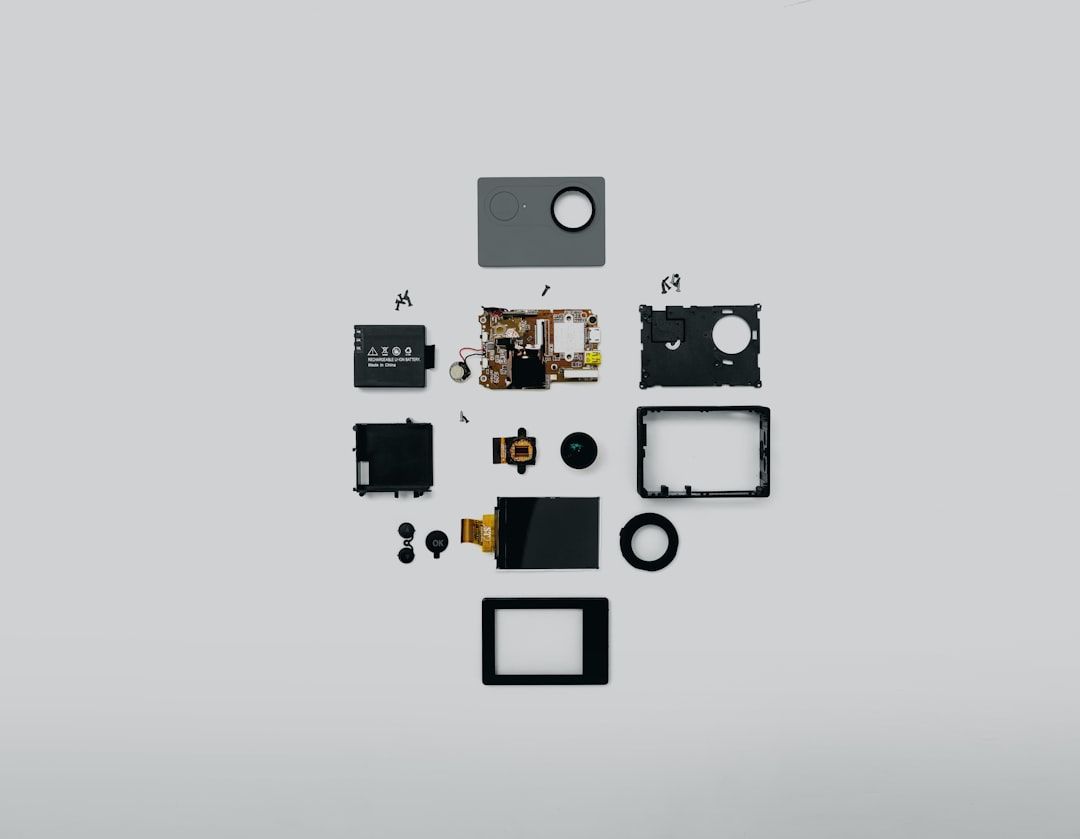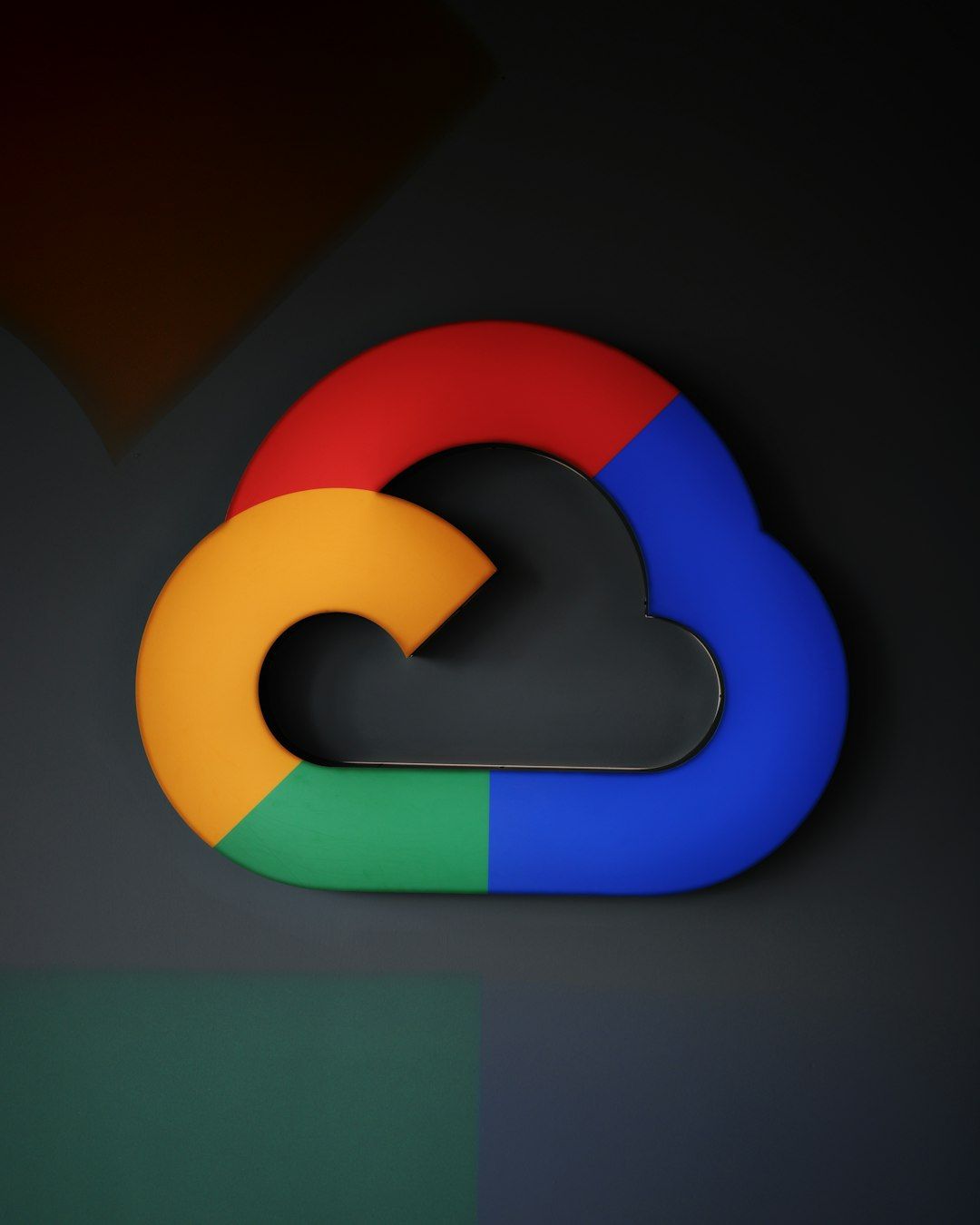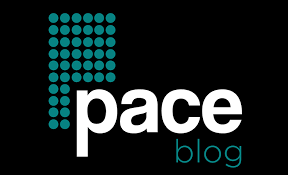In a world where brand consistency is vital, effective logo governance across team collaboration tools like Notion, Slack, and Google Drive has become essential. Without clear policies and management systems, teams risk using outdated or incorrect logos, potentially damaging their brand identity and perception.
TL;DR
Proper logo governance in tools like Notion, Slack, and Drive ensures team members access and use the latest, approved branding materials. It helps maintain brand consistency and prevents errors such as using outdated or low-resolution logos. Setting permissions, centralizing assets, and communicating brand guidelines are key strategies. Frequent audits and the use of automation can strengthen governance efforts across platforms.
Understanding Logo Governance
Logo governance refers to the systems, policies, and tools a company uses to manage and maintain the correct usage of its logo and brand visuals. When done well, it helps ensure that anyone creating content or communicating externally is using the right version of the company logo, in the correct format and context.
This governance becomes especially challenging in environments that rely on collaborative platforms like Notion, Slack, and Google Drive, where many team members interact with brand materials regularly.
The Importance of Logo Governance
Lack of logo governance can lead to:
- Brand inconsistency across documents, presentations, and marketing materials
- Unprofessional external communication
- Legal issues if a deprecated or incorrect version of a logo is used
- Difficulty in auditing brand assets across teams and departments
By implementing a structure for logo governance, companies aim to prevent these issues while increasing operational efficiency and brand trust.
Logo Governance in Notion
Notion is widely used for internal documentation and project management. Here, the risk lies in team members embedding local or outdated media files. To mitigate branding issues, organizations should adopt these strategies:
- Create a centralized brand asset database: Maintain a Notion page with up-to-date logos and brand assets that everyone can duplicate or reference instead of uploading their own versions.
- Embed from a trusted source: Use Notion’s embed feature to pull logos directly from Google Drive or a content delivery network to prevent outdated uploads.
- Lock sections: Use Notion’s page locking to prevent accidental edits to critical assets.
- Use folders and naming conventions: Consistently name brand files (e.g., “Logo_Primary_HighRes”) and place them in designated folders within shared workspaces.

Logo Governance in Slack
Slack, often seen as a casual, chat-based tool, can still play a significant role in visual brand distribution. People frequently upload logos in conversations, comment threads, or shared channels. Maintaining governance here focuses more on etiquette and quick access rather than permanent storage.
Best practices include:
- Pin brand-related content: Channel admins should pin messages with links to approved logos or brand guideline repositories.
- Integrate with asset management tools: Integrate Slack with platforms like Brandfolder, Dropbox, or Drive so users never upload files manually but instead link to centralized versions.
- Automate responses: Use Slack bots or workflow automations to deliver pre-approved logo files when a user types keywords like “logo” or “brand asset.”
- Control file uploads: Apply strict file type and size permissions via Slack’s admin tools to prevent everyday users from uploading unsupported assets.
Additionally, Slack can be used for broadcasting brand updates, such as announcing the release of a new logo or rebrand. Communication is just as important as storage in this platform.
Logo Governance in Google Drive
Google Drive is often the primary storage hub for design files and brand materials. As one of the most flexible platforms, it offers robust tools for controlling visibility, versioning, and access.
To manage logo governance effectively in Google Drive:
- Use a dedicated “Brand Assets” folder: Share this folder with everyone in the organization and set it to View-only to prevent unauthorized edits.
- Implement strong metadata and file naming standards: Use consistent naming and tagging for files, such as “logo_primary_vector.svg.”
- Set up permissions strategically: Limit editing access to brand managers or design leads.
- Maintain version history: Keep old versions accessible but clearly labeled as archived. Google Drive’s version history makes tracking easy.
- Visual previews and thumbnails: Choose visual logos to display as the folder thumbnail, making it easy for users to identify correct assets.

Governance Challenges and How to Overcome Them
Even with best practices, several obstacles emerge:
- Unawareness or lack of training: Not all employees understand why brand consistency matters. Providing onboarding materials that explain how and where to access logos can solve this.
- Multiple versions circulated: Encourage linking instead of downloading assets. This ensures everyone always sees the most up-to-date version.
- No dedicated ownership: Assign a designated brand manager or creative ops specialist to oversee asset libraries and enforce policies.
Technology alone can’t guarantee governance. It must be complemented by culture, training, and policies.
Tips to Strengthen Logo Governance Across All Platforms
- Standardize file types: Use scalable formats like SVG and high-res PNGs that are universally supported across platforms.
- Use brand portals or DAMs (Digital Asset Management): Tools like Bynder, Frontify, or Brandfolder can centralize assets and control access more effectively than cloud folders alone.
- Document usage policies: In your Notion wiki or internal guides, explain when to use which logo version, and in which file format.
- Schedule quarterly brand audits: Review where and how logos are being used across all internal platforms and correct deviations.
- Create a naming taxonomy: This makes logos easier to find and use across different teams. For example: logo_primary_horizontal_color.svg.
Conclusion
Logo governance is more than just organizing files—it’s about empowering your team to present the brand accurately, every time, across collaborative tools like Notion, Slack, and Drive. By combining smart workflows, designated roles, and the right technology, companies can build a resilient system that protects their visual identity and ensures brand integrity across all touchpoints.
Frequently Asked Questions
- What is logo governance?
Logo governance refers to managing, updating, and controlling the distribution and use of company logos to ensure consistent brand representation. - How do I ensure team members are using approved logos?
Set up centralized folders, use view-only permissions, and embed logos only from those sources. Regular communication and training also help enforce correct usage. - Why is Notion a risk for logo misuse?
Because users can upload their own media files, outdated or incorrect versions might be used unless asset embedding or duplication from official pages is practiced. - Can I automate logo sharing in Slack?
Yes, bots and workflows can respond to specific keywords with approved logo links or messages to central repositories. - What’s the best logo format for universal use?
SVG for vector scalability and PNG for lightweight bitmap use. Ensure logos are exported correctly and optimized for both print and digital environments.
